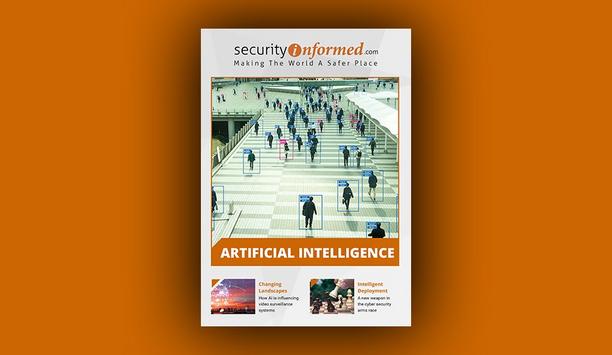 |
| The University Hospital of Ceuta has become one of the most advanced hospitals with IP video technology |
Ceuta is an autonomous Spanish city located on the African coast close to the Strait of Gibraltar. In light of the age of sanitary installations it became necessary to improve conditions by means of the construction of a new hospital. The following principle objectives had been determined from the design stage: improvement of quality of assistance, accessibility, clinical security, management of services and installations, all based on information and communications technology (ITC). The activities of the hospital include both assistance to patients as well as teaching and research.
Solution
The global vision of the hospital's function was maintained during all process stages, and focus was placed on the patient, but not on the operative groups. In order to achieve the objectives, the implantation of Electronic Medical Records (EMR) was considered to be a strategic element, thus eliminating the need for paper. This also included the technological homogenisation, integration and development of assisting services based on ITC, including standardized IP video technology.
Result
The University Hospital of Ceuta, with several implanted projects for technological improvement, e.g. the video IP system, is considered to be a model hospital of the 21st century. The ITC investment of approximately four million Euros allows for rapid return of service quality and decrease of costs in connection with provision of multiple services. When building the new University Hospital of Ceuta it had been projected, as a basic requirement, that all implanted systems use IP technology by default. The above consideration applied both to the control of the commercial installations (technical management of building, air conditioning, detection of fire, cryogenic and medicinal gases etc.) as well as to the implanted horizontal services (transmission, communication, telephony, access control, video-surveillance, etc.).
All equipment and services of the new hospital were subject to public invitation to tender. The company CSA was awarded the tender with regard to the video surveillance system, and Ruybesa won the tender with regard to the implantation of the audiovisual services; both are Axis partners.
The video surveillance system tried to provide monitoring services by means of fixed IP cameras within the hospital and by means of PTZ cameras in the perimeters of the outskirts. Within the hospital, monitoring was realised at locations with a high circulation of persons as well as at the access points to the archive of paper-based medical records (former system) and to the electronic support centre (data centre). The process of image recording was initiated by means of the file declaration at the Agencia Espanola de Proteccion de Datos (Spanish Data Protection Agency).
 |
| Video IP cameras installed throughout the hospital will provide surveillance security for the patients and the staff |
This system of video surveillance is supported by a fibre-optic web and an intelligent massive storage system (3 HP servers with a storage capacity of 21 TB) for recording/reproduction of video (50 cameras per server, recording up to 12 images per second). It uses the video platform of iPronet and consists of 102 AXIS P3301-V Network Cameras for surveillance of the interior of the hospital as well as 42 AXIS Q6032-E Network Cameras that control the external perimeters of the building. All cameras are provided with PoE and transmit the images in the compressed H.264 format.
Video IP is also being used for assistance and teaching. Video IP cameras were installed in intensive care units, operating rooms, neonatal units, sickrooms that require monitoring by facultative prescription as well as in rooms for functional exploration and in teaching rooms and in the auditorium. In this regard, the use of IP video allows for distribution of acts and events as well as congresses, teaching conferences, etc. It also provides services for remote teaching activities, e.g. tele-teaching and tele-surgery.
Additionally, the hospital also provides a room close to the main entrance, where relatives/friends may perform video visits to isolated patients (immune-deprived patients or patients suffering from infectious diseases). For purposes of provision of such audiovisual services, ten AXIS Q1755 Network Cameras (HDTV resolution) with included microphone and five AXIS 221 Day & Night Network Cameras were installed. The University Hospital of Ceuta can be considered to be a model hospital of the 21st century. The overall construction investment amounted to approximately 102 million Euros.
It includes a hospital information system that enables computer processing of all test results and treatments performed with the patients, thus allowing for inclusion of such information into the digital medical records of every patient. This is a hospital "without paper" where technology is being used for functionality.


















